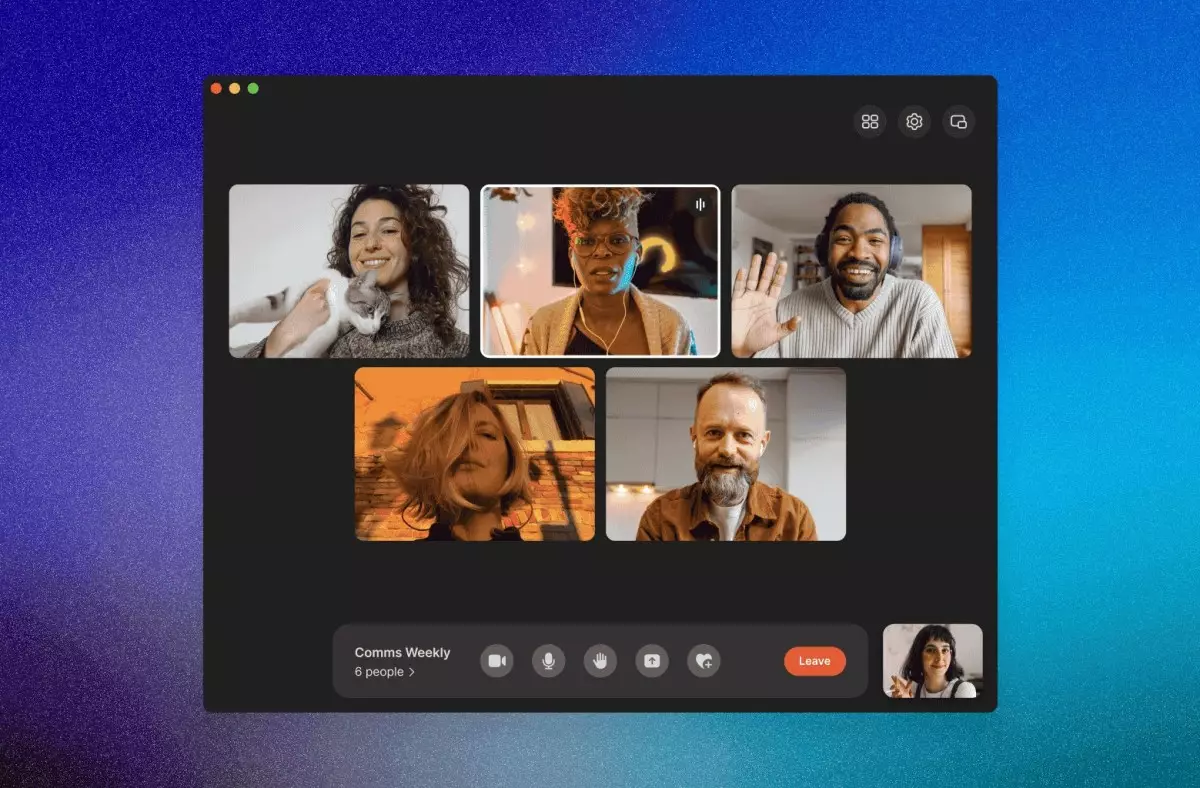Signal, the privacy-focused messaging application, has announced an array of new features aimed at elevating its video calling capabilities. This move is a strategic response to the increasing dominance of platforms like Zoom, Google Meet, and Microsoft Teams in the virtual communication space. By unveiling a dedicated “Calls” tab and several user-friendly enhancements, Signal aims to establish itself as a formidable alternative for both personal and professional communication.
At the heart of Signal’s latest update is the introduction of the “Calls” tab. This feature serves as a centralized hub for users, allowing them to initiate new calls, manage existing call links, and review their call history with ease. The innovation of call links stands out, as it simplifies the process of connecting with others. Users can effortlessly create links that can be shared with participants rather than organizing group calls in the traditional manner. This aspect aligns with the functionalities provided by its more established competitors, thus enhancing user experience and convenience.
Signal’s update does not stop at merely connecting users; it focuses heavily on interaction management. With options to name calls, manually control who joins meetings, and the ability to remove participants if necessary, the app empowers users with greater control over their discussions. Additionally, the introduction of a hand-raising feature mirrors similar tools found in other platforms, allowing participants to queue their questions seamlessly—an essential element for larger group discussions where many voices may need to be heard.
Furthermore, for those accessing Signal via desktop, the flexibility of switching between different viewing modes—grid, sidebar, or speaker view—adds a layer of personalization to video calls. This is especially beneficial for group calls where visibility and speaker focus can become challenging.
Signal’s advancements come in the wake of its competitors enhancing their own features. For instance, WhatsApp’s recent updates include the ability to share links to calls, screen-sharing options, and facilitating calls with up to 32 participants. Nevertheless, Signal remains steadfast in its mission to provide a secure environment for communication, emphasizing its encryption protocols and privacy-first approaches. The company’s recent blog post reiterates its commitment to improving the calling experience while staying true to its core value of privacy.
As video calls solidify their place as a primary means of communication for various demographics—from corporate teams to social gatherings—Signal aims to carve out its niche within this evolving landscape. With the rollout of these new features across its iOS, Android, and desktop platforms, Signal not only enhances its user engagement but also reinforces its identity as a secure alternative to mainstream video conferencing services. As privacy concerns continue to grow in the digital age, Signal’s advancements may resonate with users seeking both functionality and confidentiality in their communication tools.

